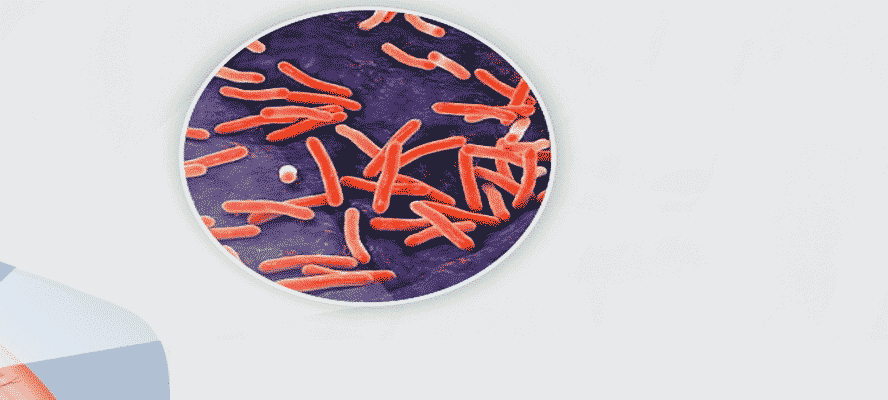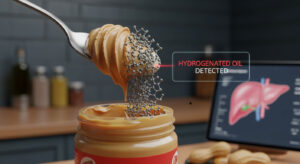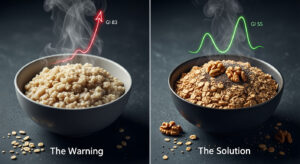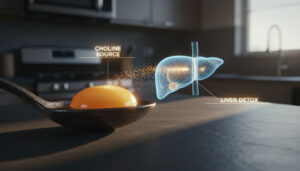Alexander Fleming, a Scottish microbiologist, brought revolution in the field of medical sciences with discovery of the first antibiotic- Penicillin, in 1928. This event drove the focus towards antibiotics to treat many bacterial infections including Tuberculosis (TB). Today, emergence of drug resistant TB is a major hindrance encountered during treatment, and it is the free unregulated use of antibiotics that has primarily lead to the origination of such drug resistant strains of the bacteria.
According to World Health Organization (WHO) Global Tuberculosis Report 2017, TB caused 1.3 million deaths out of which 240,000 deaths were due to Multi-Drug Resistant TB (MDR-TB). Therefore, it’s a need of the hour to evaluate the factors leading to drug resistance and advocate them.
What is Drug Resistant Tuberculosis?
Drug resistant TB refers to the development of resistance in strains of M. tuberculosis against
antibiotics which are meant to kill them. Antibiotic resistance is not a recent problem; nor is the
discovery that combination of streptomycin with other antibacterial drugs (p-aminosalicyclic acid)
helped reduce resistance development. Subsequently isoniazid and rifampicin were developed, and
the combined use of pyrazinamide, rifampicin, and isoniazid was found to be most effective against
TB infection.
The problem of drug resistance existed in India ever since anti-TB drugs were introduced. WHO-India in 2015 estimated that 0.13 million people developed MDR or rifampicin resistant TB in India.
Some common causes for the emergence of drug resistance includes
- Non-compliance of the patients to prescribed medications
- Unavailability of drugs
- Incorrect diagnosis/ prescription
What are different types of Drug Resistant Tuberculosis?
Drug Resistance TB has became a global threat. The continuous exposure of M.tuberculosis (MTB) to
antibiotics, one after the another has made the bacteria resistant to antibiotics, giving rise to multi-drug
resistant (MDR) bacterial strains. MDR strains of the TB bacteria are the ones that have developed
resistance against, at least rifampicin and isoniazid. Extensively drug-resistant (XDR) TB strains, in
addition to being resistant to these two drugs, can also survive treatment with fluoroquinolone, and
one of the second line injectable drugs (kanamycin, amikacin, and capreomycin). Extremely drug resistant
(XXDR) TB strains on the other hand are resistant to all firstline and second-line drugs. Drug resistant
TB is particularly hard to treat in immunocompromised state or HIV patients.
Further types of drug resistant TB include
- Monoresistant TB- resistant to single first line drug
- Polyresistant TB- resistant to more than one first line drugs, aside from isoniazid and rifampicin Primary resistance results from infection with strains that have acquired resistance without exposure to drug (natural resistance) or through exposure to drug resistant strain from another individual.
How Tuberculosis Bacilli becomes Drug Resistance?
Genomic studies revealed that mutation enable MTB to develop resistance against drugs. During initial
treatment most bacteria die, while some survive and give rise to
drug resistant bacterial population. Thus treatment with inadequate number of drugs, incorrect dosage,
interruption in treatment, and malabsorption of the drug can lead to drug resistance.
Which Mechanisms result in drug resistance ?
TB bacilli survives drug treatment by following mechanisms
- Intrinsic drug resistance properties
- Acquired drug resistance properties
The cell wall of MTB is endowed with mycolic acid that reduces the permeability of the cell to antibiotics. Along with this efflux based mechanisms also promote resistance of the bacilli to fluoroquinolone based antibiotics, tetracyclins, and aminoglycosides.
It is acquired by the bacterium through spontaneous mutations in its genome. Classical mutations are found to provide resistance against one drug and contribute towards development of resistance against others. Some genes associated with resistance in Mycobacterium are namely rpoB, inha, embB, kat, gyr,rrs, etc.
What are the anti-TB drugs available?
- Isoniazid
- Rifampicin
- Pyrazinamide
- Ethambutol
- Conventional Culture based techniques
- GeneXpert MTB/RIF assay
- Line Probe Assays (LPA)
- Polymerase Chain Reaction
- Sequencing based techniques
One of the main anti-TB drugs, and its activation requires the activity of catalase/peroxidase enzymes, encoded by kat gene. Mutation in the promoter region of inha gene is associated with resistance against single drug whereas ahpc gene encode for resistance to reactive oxygen and nitrogen species that make up a part of the phagocytic action against Mycobacteria.
This antibiotic targets the beta subunit of RNA polymerase, inhibiting the elongation of RNA during transcription. Mutations in hot spot regions of the rpoB gene that encodes the beta subunit of RNA polymerase change its conformation, affecting the binding capacity of rifampicin to this region.
A structural analogue of nicotinamide, pyrazina mide is converted to its active form by the enzyme Pyrazinamidase, encoded by Mycobacterial gene pnca. Resistance to this antibiotic is postulated to arise from mutations in the regulatory region of pncA.
Ethambutol acts by inhibiting biosynthesis of arabinogalactan in the cell wall. The embCAB gene which codes
for arabinosyl transferase is implicated in the development of resistance, and mutations in embB gene is prevalent
in many strains resistant to ethambutol.
As newer drugs are being developed to treat the TB scourge, newer mechanisms are also being developed by
the bacteria to evade them.
Which techniques are used for MDR/XDR TB diagnosis?
Early detection of resistance helps prevent tuberculosis outspread and start its early treatment.
Following techniques are used for diagnosing MDR-TB
This techniques involve culturing of TB bacteria on solid and liquid media. Liquid culture Mycobacterial Growth Indicator Tubes (MGIT) takes 2-3 weeks for drug susceptibility testing (DST) after culture growth, while Lowenstein Jensen medium (solid medium) the much more time.
GeneXpert is an automated, highly sensitive and rapid detection technique, based on the principle of heminested PCR and applies molecular beacons technology for identifying drug resistance. The primers in this assay amplify a portion of the rpoB gene and probes associated with rifampicin resistance differentiate between the conserved wild type sequence and mutations in this region.
It’s a specific and sensitive technique, that helps to detect susceptibility against first-line drugs like isoniazid and rifampicin through amplification of microbial DNA followed by its hybridization to specific probes. Also second line LPA can detect resistance against second line drugs.
PCR is used to detect drug resistance in TB, wherein wild type primers are used to amplify specific genes along with probes complimentary to specific regions of the bacterial genome in which mutations are to be detected. Although rapid, specific, and sensitive, it is comparatively costly and complicated.
Many molecular tools like Whole genome sequencing (WGS) or Next generation sequencing (NGS) can assist in DST. These are based on nucleic acid amplification followed by sequencing. They are reliable, less time consuming and test multiple samples but, are costly, require sophisticated set up and qualified human resource.
When you are diagnosed with Tuberculosis !
Management of Drug Resistant Tuberculosis aims to reduce morbidity and mortality. An effective regime
to treat TB is DOTS (Direct observed treatment, short course therapy) which is widely recommended by
WHO and is used by Revised National Tuberculosis Control Programme (RNTCP) for TB patients. Proper
awareness and addressing the risk factors like HIV co-infection and immunocompromized state may prove
to be an important aid for curtailing this disease.








